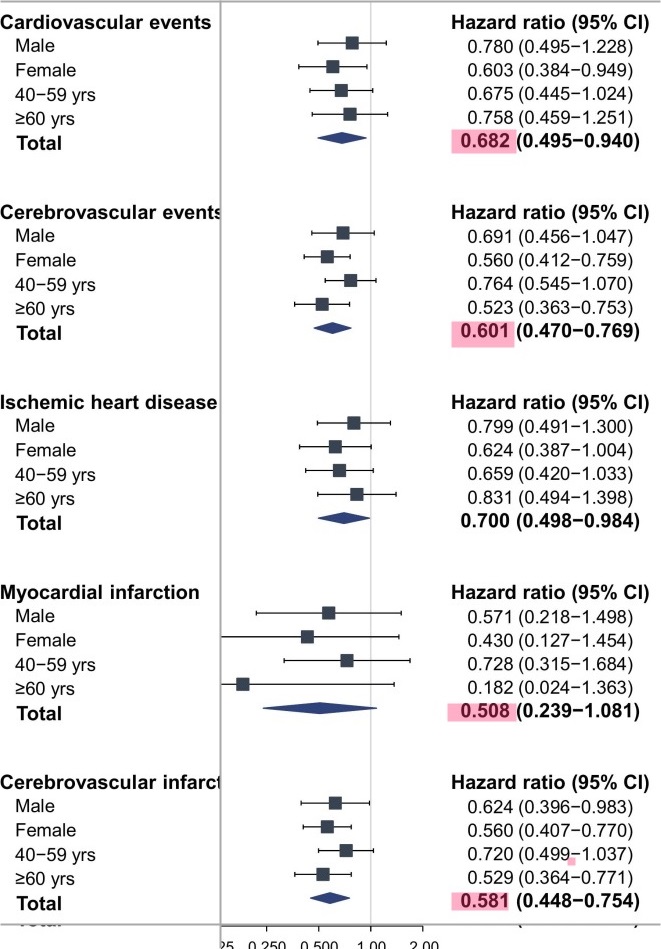UVB phototherapy (which increases Vitamin D and VDR) decreased risk of many heart and stroke problems
Both Cardiovascular and Cerebrovascular Events are Decreased Following Long-term NB- UVB Phototherapy in Patients with Vitiligo: A Propensity-score Matching Analysis
Journal of the European Academy of Dermatology and Venereology doi: 10.1111/jdv.16830
Jung Min Bae, MD, PhD,1* Yoon-Seob Kim, MD,2* Eun Ho Choo, MD,3 Mi-Yeon Kim MD,4 Jun Young Lee, MD, PhD,5 Hyung-Ok Kim, MD, PhD,6 and Young Min Park, MD, PhD.5

📄 Download the PDF from Vitamin D Life
Background: Systemic effects of long-term narrowband ultraviolet B (NB-UVB) phototherapy have not been well studied in vitiligo patients. An 11-year nationwide population-based retrospective cohort study was conducted using the Korean National Health Insurance claims database (2007-2017).
Objectives: To investigate the effects of long-term NB-UVB phototherapy on the risk of cardiovascular and cerebrovascular events in vitiligo patients.
Methods: This study included vitiligo patients with >100 phototherapy sessions (phototherapy group, n = 3,229) and <3 phototherapy sessions (no phototherapy group, n = 9,687), in which covariables with age, sex, insurance type, and comorbidities such as diabetes, hypertension, and hyperlipidemia were matched by 1:3 propensity score matching. The outcomes of interest were cardiovascular (ischemic heart disease and myocardial infarction) and cerebrovascular events (cerebrovascular infraction and hemorrhage). Cox proportional hazards models were used to assess the associations between NB-UVB phototherapy and each event.
Results: The risk of cardiovascular or cerebrovascular events was significantly decreased in the phototherapy group compared with the no phototherapy group (hazard ratio [HR] 0.637, 95% confidence interval [CI] 0.523-0.776). Subgroup analysis revealed that the risk of cardiovascular (HR 0.682, 95% CI 0.495-0.940) and cerebrovascular events (HR 0.601, 95% CI 0.470-0.769) were significantly lower in the phototherapy group than the no phototherapy group, respectively.
Conclusions: Our findings suggest that long-term NB-UVB phototherapy could decrease the risk of cardiovascular and cerebrovascular events in patients with vitiligo.
